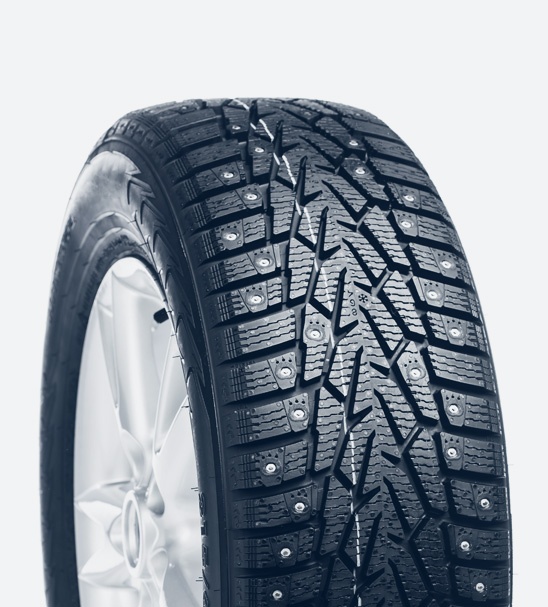radial lip seal
Understanding Radial Lip Seals A Comprehensive Overview
Radial lip seals, commonly referred to as oil seals or rotary shaft seals, are crucial components in many mechanical systems. Their primary function is to prevent the leakage of liquids, such as lubricants, while simultaneously blocking the entry of dirt, dust, and other contaminants. This dual protective capability makes them essential in numerous applications, from automotive engines to industrial machinery.
Structure and Design
A radial lip seal typically consists of a circular elastic lip that contacts the shaft, a rigid outer metal casing, and sometimes a spring to maintain the lip’s pressure against the shaft. The elastic lip is usually made from materials such as nitrile rubber, fluorocarbon, or silicone, chosen for their durability and resistance to temperature variations and chemical exposure. The design is such that when the shaft rotates, the lip adapts to the shaft’s movement, creating a frictional seal that is effective at high speeds.
How They Work
When properly installed, the radial lip seal effectively forms a barrier that minimizes the escape of lubricants from the machinery, thereby maintaining efficient operation and reducing the risk of wear and tear on the moving parts
. The pressure exerted by the lubricant inside the assembly against the lip counteracts external forces trying to penetrate the system, ensuring that both contaminants and fluids remain where they are intended.Applications
radial lip seal

Radial lip seals are widely utilized across various industries. In the automotive sector, they are found in engines, gearboxes, and differentials, where they seal rotating shafts to prevent oil leaks and contamination. In the industrial realm, they are used in pumps, motors, and gearboxes, playing a vital role in the longevity and reliability of machinery. Additionally, radial lip seals can be found in appliances, HVAC systems, and marine applications, showcasing their versatility.
Advantages
One of the main benefits of radial lip seals is their ability to operate under a wide range of conditions, including varying temperatures and pressures. Their simple yet effective design allows for easy installation and maintenance. Moreover, they are relatively inexpensive compared to other sealing solutions, making them an economically viable choice for manufacturers.
Challenges and Considerations
Despite their advantages, radial lip seals do have limitations. They can wear out over time due to factors like increased friction, extreme temperatures, or exposure to harsh chemicals, potentially leading to leaks. Regular maintenance and inspection are essential to ensure their efficiency and prolong their lifespan. It is also crucial to select the appropriate type of seal for specific applications, as the wrong material or design can lead to premature failure.
Conclusion
Radial lip seals are indispensable components in countless mechanical systems, playing an essential role in maintaining operational efficiency and preventing leaks. Understanding their structure, working principles, applications, and limitations is crucial for engineers and manufacturers to make informed decisions regarding their use. As technology evolves, advancements in materials and design continue to enhance the performance and reliability of these vital seals, ensuring they remain a pivotal element in modern engineering and manufacturing processes.
-
Understanding the Front Main Engine Seal: Purpose, Maintenance, and Installation
News Jul.29,2025
-
Understanding O-Rings and Seal Rings: Types, Applications, and Custom Solutions
News Jul.29,2025
-
Understanding Crankshaft Oil Seals: Rear Seals, Pulley Seals, and Their Role in Engine Integrity
News Jul.29,2025
-
The Importance of Front and Rear Crankshaft Seals in Engine Performance and Oil Management
News Jul.29,2025
-
Crank Oil Seals: Functions, Types, and Cost Considerations in Engine Maintenance
News Jul.29,2025
-
A Comprehensive Guide to O-Rings and Seals: Types, Materials, and Global Applications
News Jul.29,2025
-
Mastering Diesel and Performance Engine Maintenance: A Guide to Critical Oil Gaskets
News Jul.28,2025
Products categories















